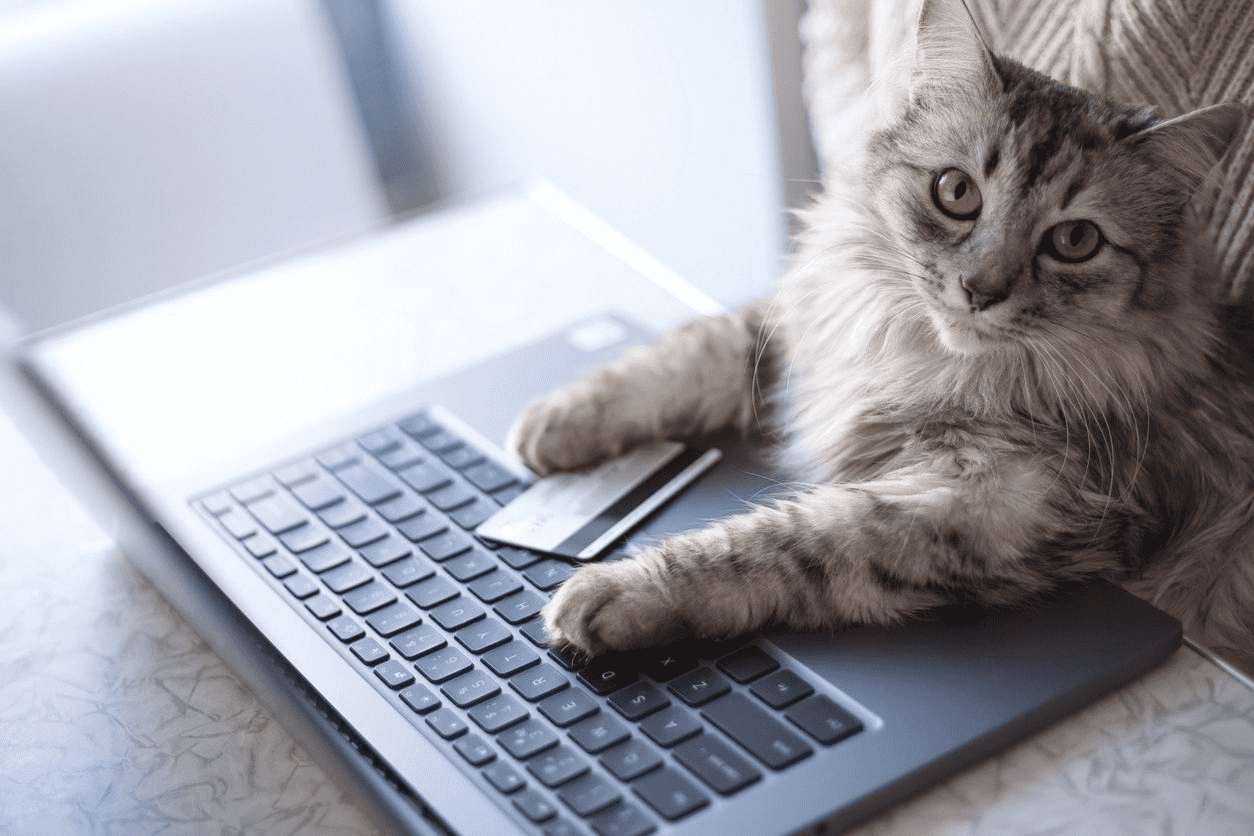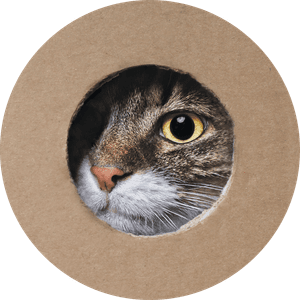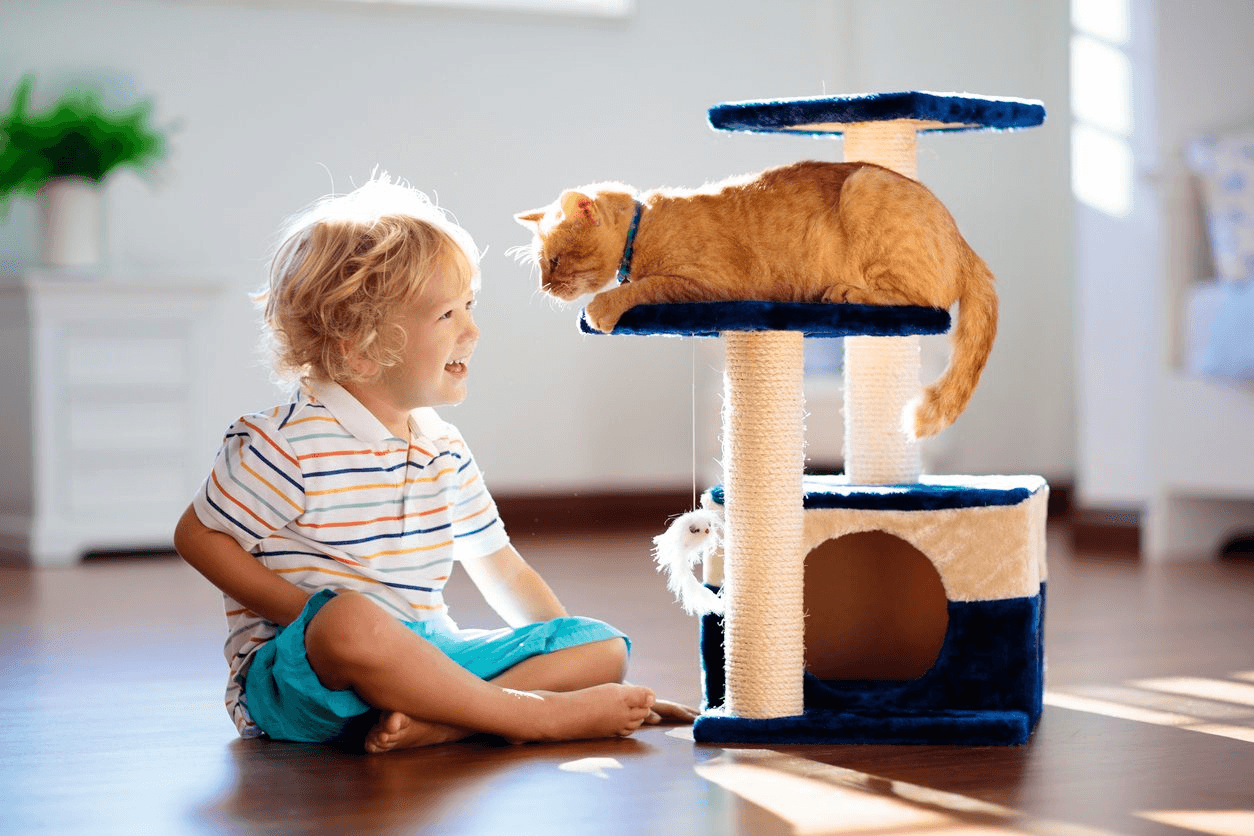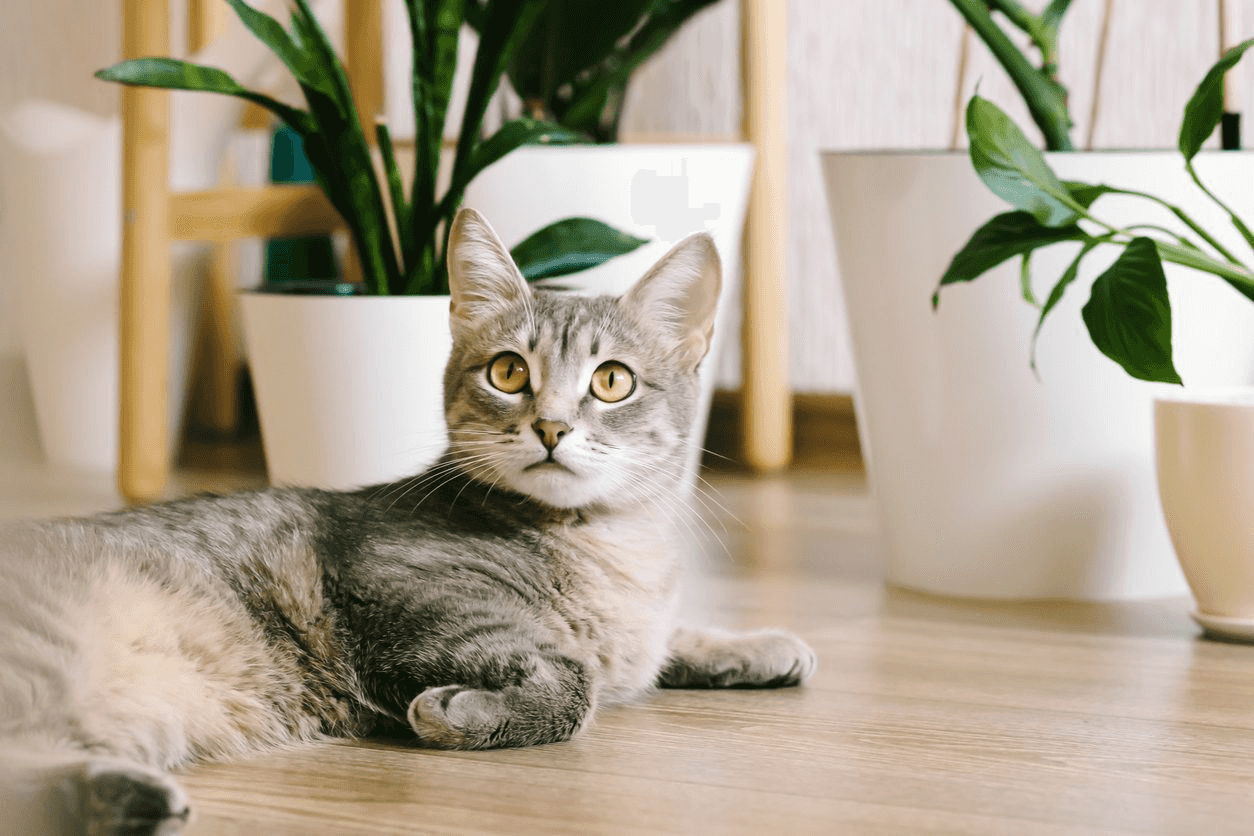Summary
As pet parents, we want to provide our pets with the best possible care. When you buy a new cat, you must take into account the cost of veterinary care during your cat’s lifetime. During the average lifespan of a pet, a pet parent spends between $9,106 and $13,391 for veterinary care and medicines. During this period, the median expenditures for medicines are $5,325 for a cat.* Treatment for each problem can cost hundreds and even thousands of dollars, so you must ask yourself, “What would I do if my cat needed veterinary care and I couldn’t afford it?”
In many cases, this would result in economic euthanasia, where you would have to put the cat down because you cannot afford to pay for medical care. Nobody wants this to happen, and cat insurance is a good way to make sure that it never does.
- 1. What is Cat Insurance?
- 2. How Does Cat Insurance Work?
- 3. What Does It Cover, and What's Not Covered?
- 4. When Should I Get Insurance for My Cat?
- 5. Is Cat Insurance Worth It?
- 6. Why Should I Choose Felix Cat Insurance?
- * Disclaimer: The information provided is based on the AHI Animal Health Industry Report February 2018, retrieved from The Economic and Social Contributions of the Animal Health Industry, 2018.

What Is Cat Insurance
It is an insurance policy for your cat that will help reduce the cost of regular care as well as unexpected expensive veterinary bills. It is similar to health insurance for humans, and like human health insurance plans, all cat coverage plans are different. You will likely incur a deductible, which must be paid before the plan will pay its percentage of the covered veterinary procedures. And because every plan is different, the cost of the insurance and the specific coverage will vary based on the particular plan.
This is a great way to help with your cat’s veterinary bills and unexpected veterinary emergencies. It can give you peace of mind knowing you can always give your cat the best possible care.

How Does Cat Insurance Work?
You pay a monthly cost known as a “premium,” just like you do with a human health care policy. The cost of your cat’s premium will depend on a number of factors including your cat’s breed, age, your geographic location, and other variables.
Cat insurance will not cover the full cost of any medical treatment. However, plans pay a percentage of the vet bill after your policy deductible is met. All policies are different. The average coverage is 80%, but in North America you can find policies that will cover up to 90%. The higher the coverage, the more you will pay for the premium.
With any plan, you must pay for the veterinary care up front and the pet insurance company will reimburse you for their percentage of the covered costs. Pet insurance is very simple: go to the vet, submit the invoice for the services to your insurance company, and receive your reimbursement according to your plan of coverage.

What Does It Cover, and What’s Not Covered?
Most providers will cover necessary veterinary surgeries, prescription medication, diagnostic tests, and hospitalizations; some may cover dental care, prescription foods and supplements, behavioral and alternative therapy care. Some policies will cover wellness exams and vaccinations – others will not. That’s why it’s so important to understand the coverage terms and conditions of a plan before you purchase it.
According to the North American Pet Health Insurance Association (NAPHIA), there are three main types of cat insurance coverage:
-
Accident & Illness (sometimes with embedded Wellness coverage) – This is more comprehensive coverage for veterinary treatment for unexpected injuries, sickness, disease and any changes to your cat’s normal healthy state.
-
Accident Only – This is coverage for accident-related medical care.
-
Wellness – This coverage is often offered as an endorsement add-on to your accident & illness or accident only plan. Some providers offer this coverage as a non-insurance subscription package. Wellness generally provides coverage for vaccinations, tests and dental cleanings. This type of protection is also sometimes called “Routine” or “Preventative” care. Some Accident & Illness plans may incorporate some form of Wellness coverage, such as dental benefits.
Many plans will not cover pre-existing conditions. So if your cat develops a medical condition during a time when he is uninsured, the treatment costs for that condition would not be covered under a new pet insurance policy.
When Should I Get Insurance for My Cat?
Since pre-existing conditions are not covered in so many plans, it is best to purchase cat insurance while your cat is young and healthy. As your cat gets older, the cost of your premiums will go up, but your cat’s coverage will remain intact. Some cat insurance companies will not offer new coverage after your cat reaches a certain age.
You never know when an emergency or a new medical problem will arise, so it’s best to be prepared and to get insurance early on.

Is Cat Insurance Worth It?
Pet insurance provides plenty of peace of mind for cat lovers. During your cat’s first year of life, veterinary costs can really add up. Those costs are for a healthy cat, so imagine if your cat had a veterinary emergency or developed a chronic medical condition.
On average, routine annual veterinary care for cats might cost between $90 to $200,* but unplanned events such as accidents, injuries or unanticipated ailments can cost much more.
It makes good financial sense to purchase a cat insurance policy, and you can’t put a price tag on the peace of mind that comes from knowing you can give your cat the veterinary care he needs.
You may think that your cat is healthy and that an insurance policy is not really worth it. But if your cat develops a medical condition or needs emergency care, it will be too late to get insurance — and those veterinary costs can add up fast.
You might wonder if insurance is worth it for an indoor cat and the answer is “yes.” While indoor cats are less prone to accidental injuries than their outdoor counterparts, insurance can help pay for costly treatments of cat illnesses or at-home injuries. Being indoors doesn’t protect your cat against common health problems like cancer, diabetes, cystitis, thyroid disease, leukemia, kidney failure, heart disease, digestive problems and more.
The Average Initial and Lifetime Cost of Cat Care
This chart shows the average initial and lifetime costs of owning a cat.** This information will give you a better understanding of the financial commitments of cat ownership, and it will help demonstrate how pet insurance can be of value over the course of your cat’s lifetime.
| Initial | Lifetime | |
|---|---|---|
| Adoption | $0-$200 | N/A |
| Veterinary Care | $50-$400 | $750-$6,000 |
| Vaccinations | $60-$150 | $900-$2,250 |
| Spaying/Neutering | $0-$200 | N/A |
| Dental Care | $0-$500 | $0-$7,500 |
| Medications | $0-$500 | $0-$7,500 |
| Grooming | $0-$300 | $0-$4,500 |
Why Should I Choose Felix Cat Insurance?
Felix Cat Insurance has a plan that will make sense for your cat and you. Many pet insurance plans don’t include exam fees, alternative therapies, behavioral care, or pre-existing conditions coverage in their policies – but Felix does. Every Felix policy includes coverage for exam fees and alternative therapies — for cats of any age.
Felix lets you find the plan that is right for you and your budget. We offer customizable coverage your cat can count on, no matter the budget. Our plan’s annual limits are based on real-world claims not insurance standards, so you can pick the best plan option for your cat and your wallet. Plans start under $1 per day.2
Thinking about cat insurance? See how affordable it can be.
(opens new window)